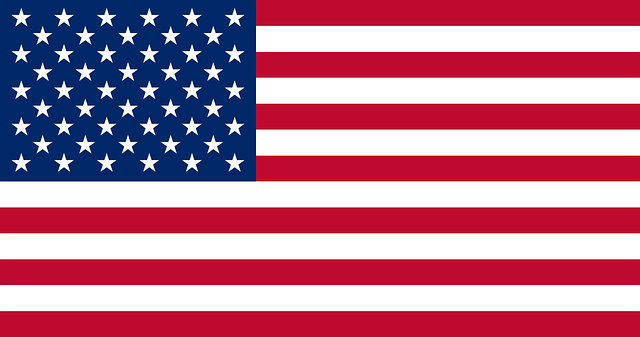In honor of Hebrew Book Week, we looked for the most inspiring children's libraries around the world. What did your childhood children's library look like?
The desire to hear a good story is a capacity with which human beings are born. We all love a good story, but children have a special ability to listen and be totally immersed in world of imagination and adventure.
Here are four exciting children's libraries around the world, all reflecting the joy of reading, and love and respect towards the young readers:
A Norwegian library: Biblo Tøyen
This library, situated in Oslo and intended for kids aged 10-15, is unique in that adults are not admitted. The design reflects a shift in the Scandinavian concept of libraries from being a place for books to becoming a place for people.
The librarian in charge of Biblo Tøyen was asked about the philosophical idea behind this amazing library:
״It may come as a surprise when we say this, but we don’t have an educational purpose. Our job is to inspire the kids, make them feel competent, show them things they didn’t know existed. They don’t have to do anything if they don’t want to, they can also just come and hang out with a friend. But hopefully, they’ll be hooked on some new things while they’re here! We want them to have a great experience. It’s nice to sit inside the engine compartment of a truck and read books, or play chess with your friend inside a ski elevator, or relax on a sofa watching movies!״
An East African Library
In the very informal, oral culture of Burundi, in East Africa, deaf children are largely excluded from stories, information exchange, and education. The library in the city of Muyinga, linked to an inclusive boarding school for deaf children, allows them a greater sense of belonging and fuller integration into the community.
The library’s building was conceptualized, designed and built in cooperation with members of the local community, using only readily available human labor and abundant, locally available material: earth. The compressed earth blocks are the main building material in Muyinga, giving the library its beautiful red color.
(Information and photo by BC Architects, the project designers)
A Mexican library: Monterrey
Monterrey, the third-largest city in Mexico, is best known for its beautiful mountains and strong industrial backbone. In the heart of the city is Fundidora Park, an industrial heritage museum and public park, built on what were once the grounds of a massive steel foundry company established in 1900.
The children's library and cultural center are located inside an old warehouse, an untouchable heritage site. The architects (Anagrama, a Mexican company), was charged with preserving the industrial feel and infrastructure of the building while creating a fun and friendly space. The climbable bookshelves forming the central asymmetrical reading platform recall the mountains around Monterrey. Covered in carpeting, they not only hold books but also serve as a dynamic space in which to play and learn; an environment that fires the imagination and provides comfort while reading. The installation's colorful and geometric aesthetic contrasts sharply with its antique, industrial setting, creating a cheerful and unique atmosphere.
A Colombian library: Biblioburro
In 1997, Luis Soriano, a devoted school teacher in a remote area of northern Colombia, set out to single-handedly address the problem of illiteracy and lack of access to books among the impoverished, war-torn local communities. (Soriano was the only person in his community who owned a collection of books – a total of about 70.) He took his two donkeys, loaded them with the few children's books in his possession, and started visiting homes and local elementary schools in and around his town. That’s how the “biblioburra” (donkey library) started.
Luis named one donkey “Alpha” and the other “Beto”, and children started to look forward to the weekly visits of the Spanish “alphabet”. He has traveled with his mobile donkey library for 25 years, and his collection has grown to include several thousand books, more than half of them children’s books.
Luis has been interviewed by the BBC and other media channels, explaining the joy of reading.
“Kids wise up when they pick up a book. Their surprise and imagination meet together and connect. You see them starting to laugh by themselves, just from seeing the book. They start to tell one another what’s in their books. And when they don't know how to read, they show each other what’s in the book.”
Luis’s example has inspired others, and now there is a fleet of Colombian librarians on donkeys, traveling around the neighboring towns. Luis was especially happy and proud when one of his older students, a passionate reader, opened the first school library in the area.

